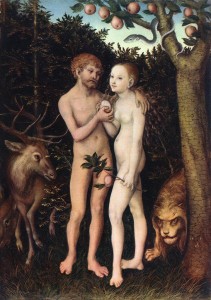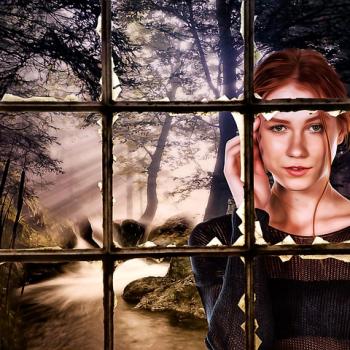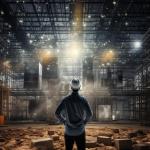Some years ago a therapy client phoned me and asked to see me at around 9 pm. This was unusual, because we always met in the morning. But she was scheduled to have surgery for a skin condition the next day and wanted to talk. We had our session, and the next morning she called to tell me that when she arrived at the hospital, the condition had improved to the point where she no longer needed the surgery. She was convinced that our conversation had cleared up the skin problem.
Usually we bring our bodies to a doctor to be treated with chemicals and machinery, and indeed sometimes our problems are mechanical and chemical. But today too often we see our bodies exclusively as a collection of organs. What in previous times had been discussed as a matter of soul, today is the exclusive concern of neuroscience.

But other branches of learning are moving in a different direction. I learned from James Hillman’s archetypal psychology, for instance, that everything we see we perceive through an image, maybe a narrative from our past, the accepted interpretations of our culture, our family stories and values, or some deep pattern in all human lives like being a mother, father, or child.
I have a strong mother complex, which means that I look at the world and identify with its suffering. Accordingly, I write a book called Care of the Soul. Care is a maternal word. Thanks to the strong presence of the Great Mother, I became a psychotherapist, channeling my innate maternal nature into the work I do. I don’t look at the world plainly and directly, but through a deep set of images that I could call my own mythology, my own stories and memories that shape my approach to life.
I’m not saying that the world isn’t physically out there but that I can’t participate in it without my imagination coloring everything I see. It’s the same with my body and with the world of things. All of it is both real and imaginal. The objects I encounter, whether they are people or the things of the natural world, are meaningful. I relate to them emotionally and understand them in the light of my particular imagination. I understand that my client could talk about her life at a deep level and discover that her skin problem had disappeared.
Because life is is always meaningful to us humans, we are never only biological. Even when you break your foot, as I did a few years ago, the emotional and imaginal impact is deep.
To a human, there is no such thing as the body, pure and simple, a thing to be treated objectively. It is always meaningful and expressive. Only the objectifying, measuring, quantifying philosophy of our time could entice us to see ourselves as things.
I always feel uncomfortable when I find myself in a doctor’s examining room and I see skeletons or charts of blood flow or shiny plastic models of hearts and kidneys. These things are not mere instructional aids. They affect the way I imagine my body and encourage a materialistic philosophy of health. These plastic organs don’t suggest any meaning and fail to express anything in connection to my life. And yet I know that my upset stomach is related to unexpressed anger or will.
If I were a physician, I’d have hanging in my examining room one of the great traditional images of a meaningful body. Some would call it a “subtle” body, not as gross and literal of the one of modern medicine. I like the one that shows the body infused with the zodiac and the planets of astrology, where each organ and element is associated with a part of life: love, aggression, community, expression, sadness.
Or I might have a painting that shows how love or fear or joy emanate from the body—a body alive and human, a body with a soul. I’ve always been drawn to the Adam and Eve of Lucas Cranach. In a doctor’s office they would evoke our essential humanity.
Learning to appreciate your body as ensouled, as full of meaning and directly and intimately connected to life events and to character, is a first step from our too literal world of objects. From there you can re-imagine the body of the world, the things of nature and things made by human hands and machine. These are never just physical either. To a human being the world is always alive and has personality. The heart is never just a pump but is always, even on the operating table, the seat of the soul.
Some would say that we can “project” vitality onto the things of the world. But that is an ego-centered way of putting it. It might be better simply to allow the world to be alive, of its own accord: To have a personal relationship with the things of the world. To suspend your disbelief in the world’s soul. To grant the things of the world their full vitality.
When you live in a world that has its own life and personality, you have a better chance of not allowing yourself to be treated as an object. You are always a living being worthy of love and respect.














